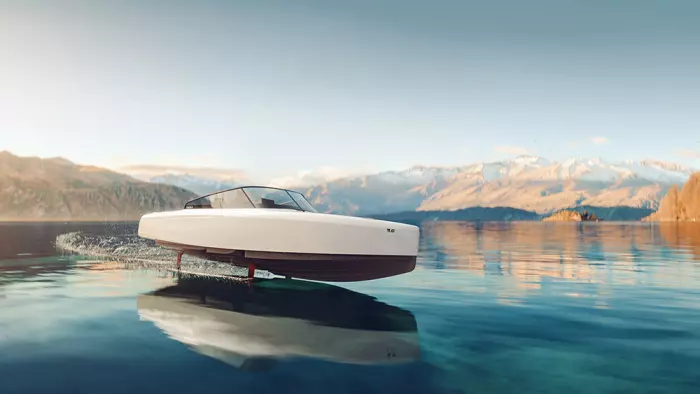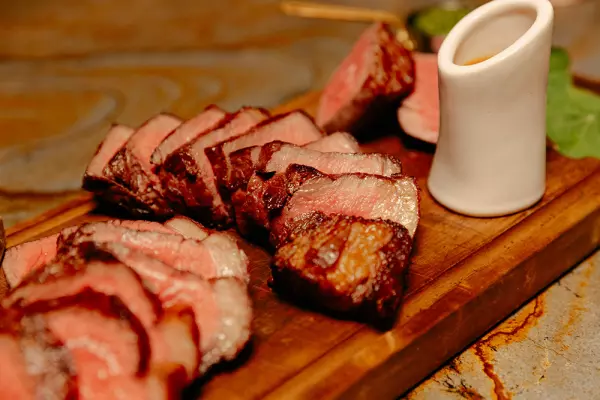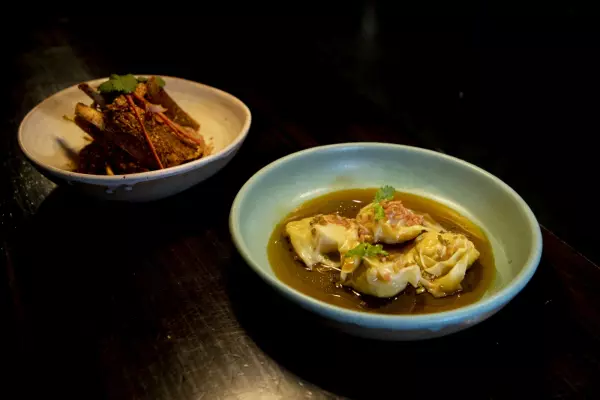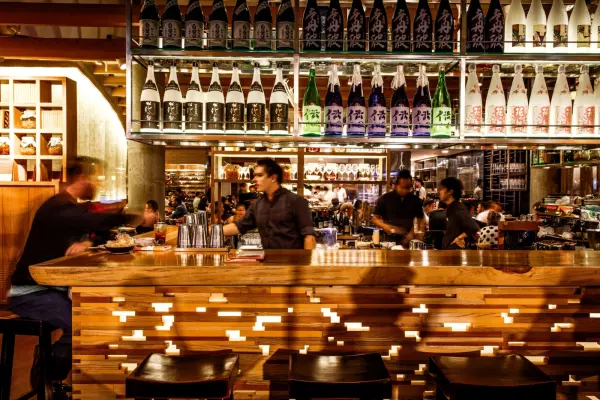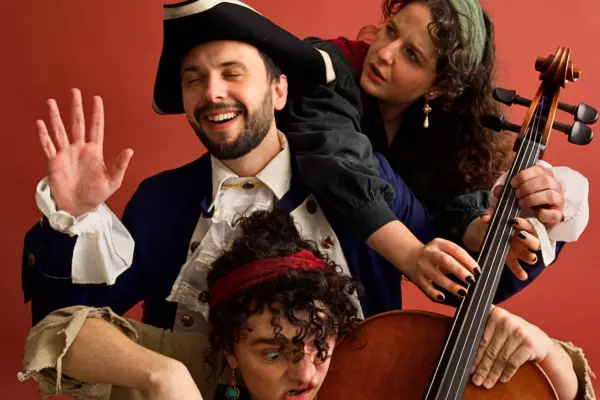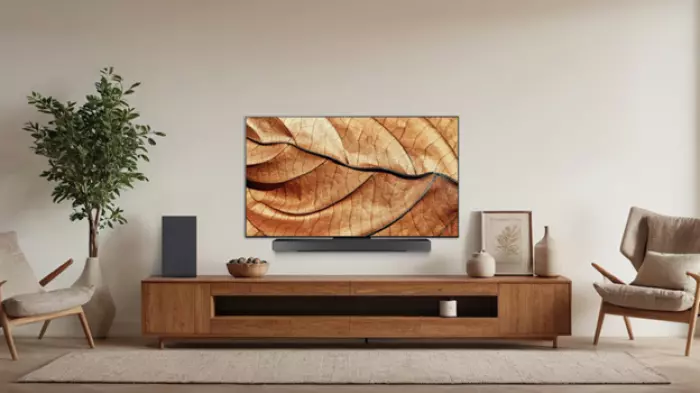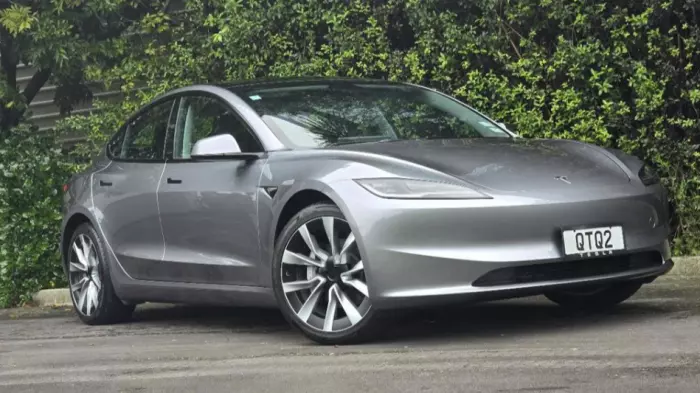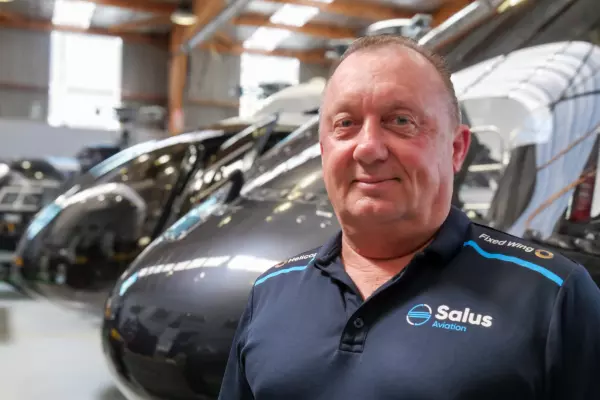Bugger electric cars, I want an electric boat.
And for just $620,000, I’ll soon be able to buy one in New Zealand.
Swedish start-up Candela has signed a distribution deal with Wānaka-based Next Generation Boats and its first craft will be on the water here in April.
Candela builds hydrofoiling electric boats. Its first production model, the 7.7-metre C-7, has been on the market in Europe for a year. The company has moved on now to the 8.5-metre C-8, which will enter production this year and has already attracted more than 100 pre-orders.
Next Generation owner Kostya Marchenko has pre-sold a C-8 to a Tesla-driving Auckland business executive who has a house on the Hauraki Gulf and will use the Candela to commute. Marchenko hopes to sell 10 boats in the next year.
The C-8 has a battery from a BMW i3 and propulsion from Torqeedo, a German firm that has been making excellent electric outboards for a long time (I bought one about eight years ago).
An on-board computer automatically adjusts pitch, roll and height to account for side winds, waves and people moving around on the boat. The hydrofoils also reduce slamming by 90% compared to conventional hull boats.
Traditional boats have a 4-to-1 lift-to-drag ratio. The C-8 has a 20-to-1 ratio. In plain English, this means there is very little resistance so it can use its 44kW battery to cruise up to three times further than a "normal" electric boat.
That means up to 100 changes a second to allow it to skim over the water at up to 30 knots (24 knots at cruising speed). Its 50-nautical-mile range is enough to go from Auckland, around Waiheke, and back.
“You can easily cover most spots in the Bay of Islands, go from Queenstown to Glenorchy and back, or travel the whole length of Lake Wānaka twice,” says Marchenko.
The C-8 has fly-by-wire steering and autopilot, so the driver can relax and enjoy the journey. Like a Tesla, it also has over-the-air software updates.
The boat goes for $620,000, with extras pushing that as high as $690,000.
Twin electric motors sit in the rear foil in a system Candela calls the C-Pod. It does not need to be serviced and the manufacturer claims it will “last a lifetime”.
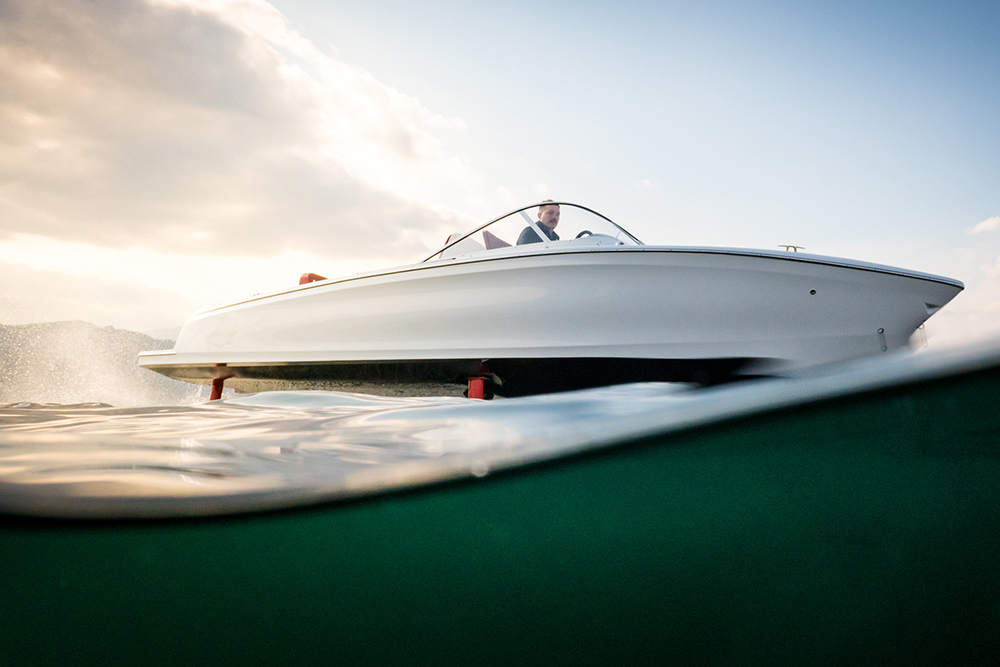 Candela use hydrofoil technology to provide a smooth ride.
Candela use hydrofoil technology to provide a smooth ride.
Marchenko is a former software developer who has sailed extensively around the world with his family. He is now based in Wānaka, which is where the initial C-7 will be.
“Everyone hates comparison to Tesla,” he says, “but in this case it’s quite accurate.” He likens Candela’s advance in boats to Tesla’s in cars. Before Tesla, he recalls, the electric cars on the market were inferior to conventional vehicles, with either less range or less speed or were just less exciting to drive.
“Then Tesla came along and you got the same range and it's a better car. It's more exciting, better technology.
“It is the same with boats. The older electric boats were inferior to conventional boats. You were either going very slow or you were really sacrificing the range if you wanted to go fast.
“By going to hydrofoil, Candela created a boat that is at least as good as a conventional boat or in many ways better because it's quiet, doesn’t slam in waves, has a very good range of 50 miles – which is more than enough for that size of the boat – and you can do 20-30 knots.”
The C-8 handles heavy weather by dropping off its foils down on to the waves to operate as a regular boat, although range is reduced due to the increased drag.
Because it is on foils, the boat can fly along at 25 knots and create almost no wake – just a 5cm wave. This is important in erosion-prone areas such as the Marlborough Sounds.
The first C-8 prototype has just passed its maiden voyage. Candela says it performed just as expected.
In December, Candela announced it had received $41m from a range of investors, including Swedish private equity firm EQT and TED founder Chris Anderson. It said it had sold 100 C-8 models a year out from production, and that next year it would launch a 30-passenger electric ferry.


